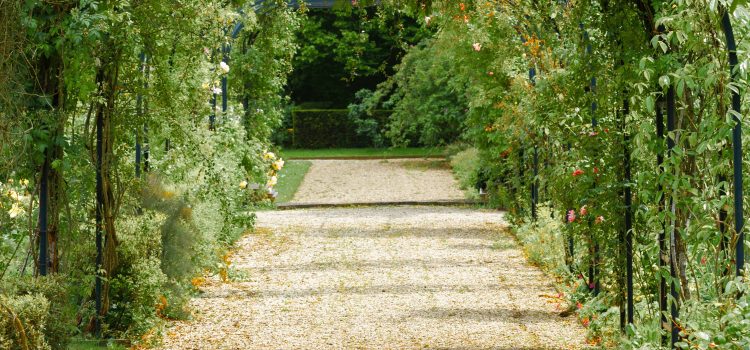
Introduction: In the hustle and bustle of our urban lives, we often find solace in reconnecting with nature. And what better way to embrace the beauty of the natural world than by creating a foliage garden that is an ode to nature’s palette? A well-designed foliage garden can transform any space into a serene oasis, showcasing a harmonious blend of colors and textures. In this article, we will explore the art of crafting a stunning foliage garden and offer tips to help you create your own vibrant sanctuary.
- Embracing a Tapestry of Colors: A foliage garden can be a living canvas that bursts with a plethora of colors. The key is to select plants with a diverse range of foliage hues, from vibrant greens to deep burgundies, golden yellows to silvery blues. By incorporating plants like Heuchera, Coleus, Japanese maples, and ornamental grasses, you can create a tapestry of colors that changes with the seasons, adding depth and interest to your garden year-round.
- Playing with Textures: Just as colors bring life to a garden, textures add depth and character. Contrast soft, delicate leaves with bold, spiky foliage, and velvety textures with glossy, leathery surfaces. Consider introducing plants such as hostas, ferns, succulents, and ornamental kale to create an intricate tapestry of textures that invites touch and creates visual interest in your garden.
- Designing with Foliage as the Star: While flowers are often the focal point of traditional gardens, in a foliage garden, leaves take center stage. The key to creating a visually striking design is to consider the size, shape, and patterns of foliage when arranging plants. Incorporate plants with different leaf shapes, such as broad and round, feathery or spiky, to create a visually dynamic composition. Experiment with the heights and layers of foliage to add depth and create a sense of movement.
- Understanding Light and Shade: To make the most of your foliage garden, it’s important to understand the play of light and shade. Some plants thrive in full sun, while others prefer the dappled shade. Take note of the light conditions in your garden and choose plants accordingly. Combine sun-loving plants like sedums and yuccas with shade-tolerant varieties like hostas and ferns to create a well-balanced garden that thrives in harmony.
- Maintaining Year-Round Interest: One of the greatest advantages of a foliage garden is its ability to provide year-round interest. Plan your garden carefully, considering the changing seasons and the plants that offer colorful foliage during different times of the year. This way, you can enjoy a garden that continuously evolves and surprises, even during the colder months.
Conclusion: Crafting a stunning foliage garden is an art that allows us to immerse ourselves in nature’s palette. By embracing a variety of colors and textures, designing with foliage as the star, understanding light and shade, and maintaining year-round interest, you can create a sanctuary that captivates the senses and rejuvenates the soul. So, grab your gardening gloves, let your creativity flourish, and embark on a journey to create your own breathtaking foliage garden. Nature’s vibrant palette awaits!
Disclaimer: The information provided in this article is based on general knowledge of foliage gardening. It is always advisable to consult local gardening experts and consider specific climate conditions and plant requirements when creating your garden.










